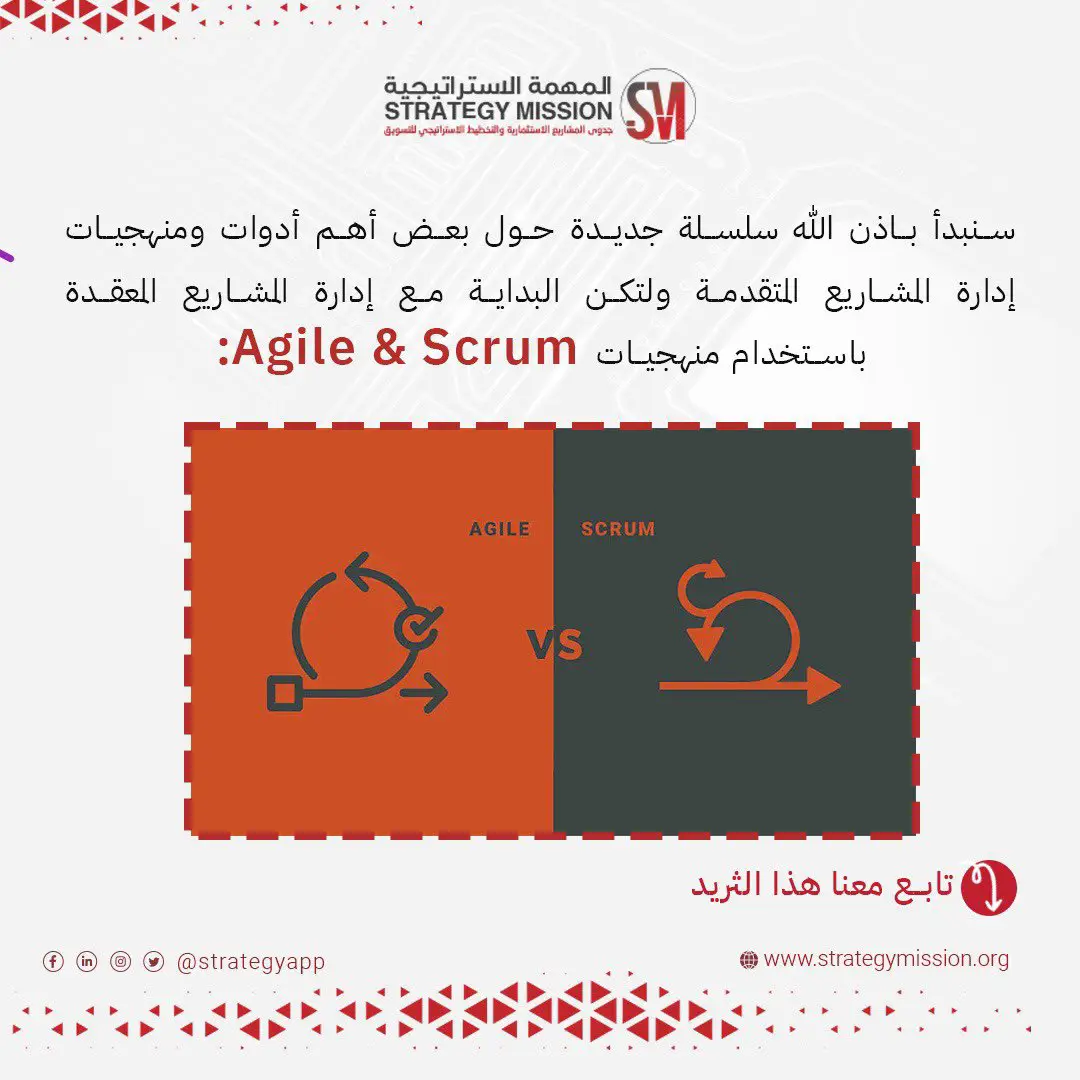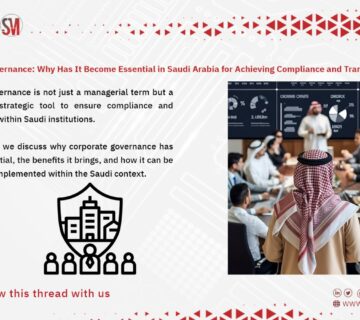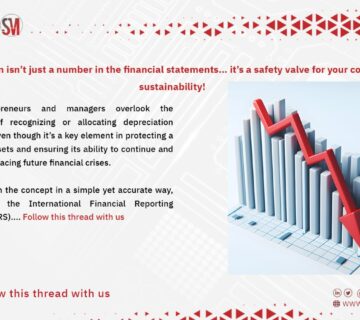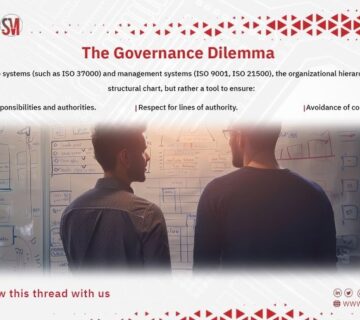Introduction to Agile and Scrum :
1. What is Agile ?
Agile is a project management methodology that emphasizes continuous improvement and rapid adaptation to changes. It focuses on delivering ongoing value to the customer through short, iterative development cycles.
2. Core Principles of Agile :
– Individuals and interactions over processes and tools.
– Working software over comprehensive documentation.
– Customer collaboration over contract negotiation.
– Responding to change over following a fixed plan.
3. What is Scrum ?
Scrum is a framework within the Agile methodology. It is used to manage and develop products and services in complex environments. It relies on small teams working iteratively to improve the product.
Reasons for the Need for Agile and Scrum Methodologies and Their Historical Innovators:
In the dynamic and rapidly changing business world, Agile and Scrum methodologies have become essential tools for effective project management. But why are these methodologies needed, and who historically innovated them ?
Reasons for the Need for Agile and Scrum :
-
Adaptation to Change:
– Flexibility: Agile and Scrum provide high flexibility to adapt to rapid changes in project requirements and customer needs.
– Quick Response: They enable teams to respond quickly to changes and make necessary adjustments without affecting the project timeline.
-
Improving Quality:
– Continuous Improvement: Agile focuses on continuous improvement through short development cycles and ongoing performance evaluation.
– Continuous Testing: Scrum includes periodic tests to ensure product quality at every stage of development.
-
Increasing Customer Satisfaction:
– Close Collaboration: Agile and Scrum encourage close collaboration with customers to ensure their needs and expectations are continuously met.
– Delivering Value: These methodologies focus on delivering value to customers by regularly providing usable parts of the product.
-
Improving Communication:
– Daily Meetings: Scrum encourages daily meetings to improve communication among team members, identify obstacles, and solve them quickly.
– Transparency: Tools like Kanban and Burndown Charts provide clear visibility of work progress and project status.
-
Enhancing Efficiency:
– Removing Obstacles: The role of the Scrum Master helps remove obstacles that may hinder the team, enhancing work efficiency.
– Iteration and Improvement: Short Sprint cycles allow teams to focus on achieving specific goals effectively.
Who is the Innovator of the Agile Methodology and Why ?
History of Agile :
– Origin: Agile methodology originated from the “Agile Manifesto for Software Development,” formulated in February 2001.
– Innovators: This manifesto was crafted by a group of 17 software developers and project management experts, notably Ken Schwaber and Jeff Sutherland.
The Reason :
– Need for Improvement: In the 1990s, software projects were suffering from delivery delays and budget overruns. There was a critical need for a new methodology that could improve efficiency and quickly adapt to changes.
– Focus on Individuals: The innovators aimed to develop a methodology that emphasized individuals and their interactions instead of rigid processes and tools.
History of Scrum :
– Origin: Scrum was developed in the early 1990s by Ken Schwaber and Jeff Sutherland.
– First Application: Scrum was first applied at Easel Corporation and later developed and refined to become a popular framework for managing software projects.
The Reason :
– Practical Needs: Ken Schwaber and Jeff Sutherland recognized the need for a framework that could adapt to increasing complexities in software projects and provide an effective means of improving communication and collaboration among team members.
Agile and Scrum methodologies are not just tools for project management but a philosophy focusing on continuous improvement, adaptation to change, and increasing customer satisfaction. Through innovation and continuous development, innovators like Ken Schwaber and Jeff Sutherland provided practical solutions to traditional project challenges, revolutionizing project management and achieving goals.
To request ISO certification services for companies and institutions only (not for individuals):
– Discount Code: طموح
– Or direct consultation via WhatsApp:
Follow Us on X platform to get more blogs and threads :





No comment